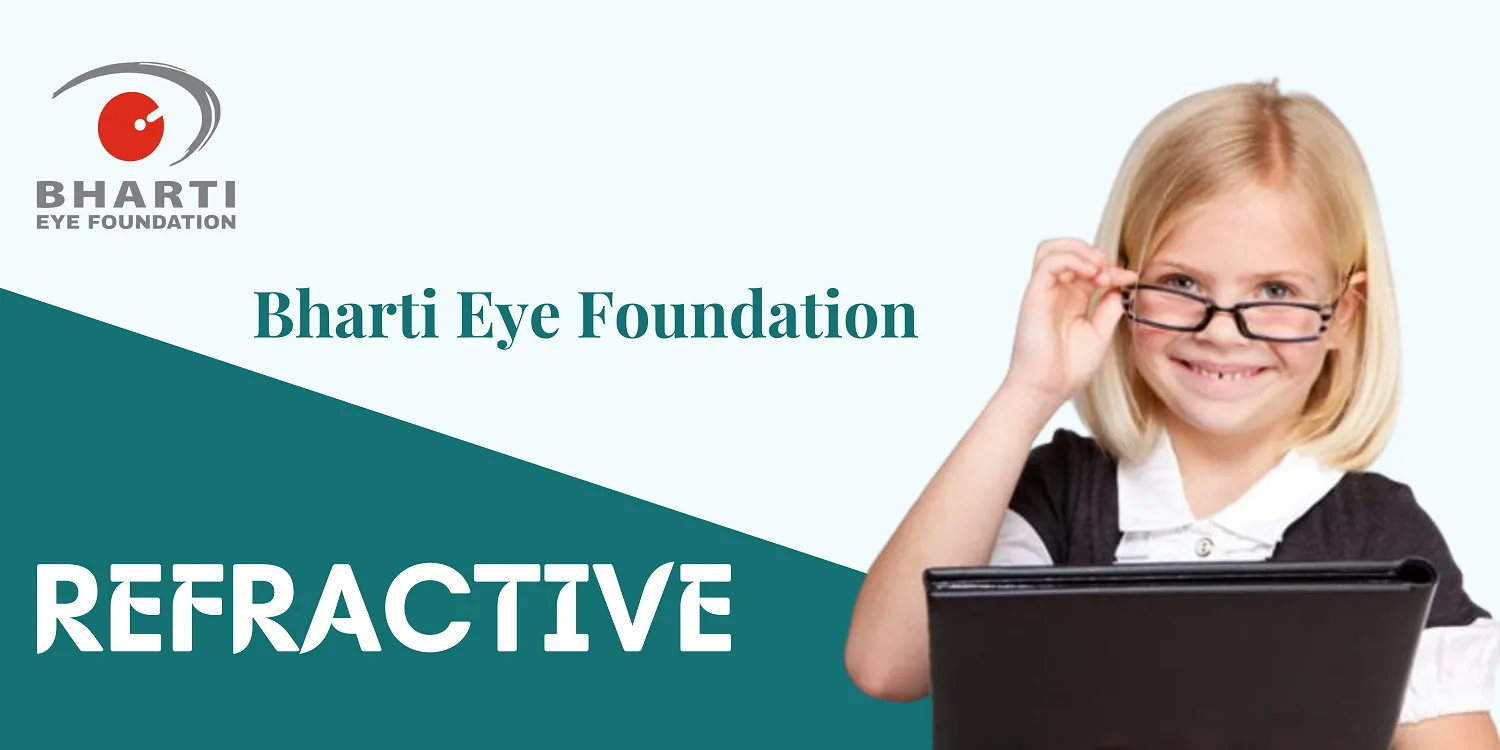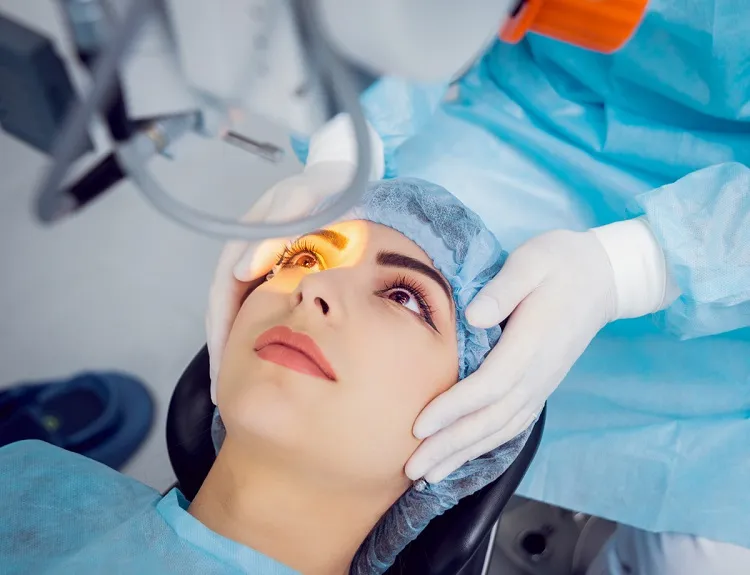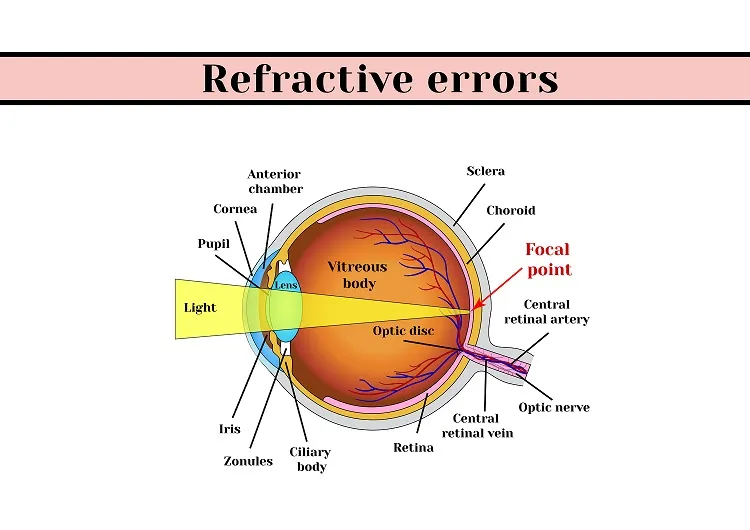
Refractive eye surgery is performed to correct the refractive error such as myopia (nearsightedness), hyperopia (farsightedness) and astigmatism. Refractive eye surgery is used to correct or improve your vision by correcting or adjusting your eye-focusing ability by reshaping the cornea or removing the top layer of the cornea. This surgery decreases your dependency on the prescribed eyeglasses or contact lenses. It helps you improve your vision. Refractive surgery has various types and each type has its own characteristics. In the further article, you will know about the types of refractive surgery, its benefits and limitations.

There are many kinds of refractive surgery and each type has its own functions:-
LASIK eye surgery is performed to remove your glasses. It provides better vision by correcting the refractive errors occurring in your eyes. In this surgery, a laser is used to change the shape of your cornea. This surgery is very common and popular. It is also known as glass removal surgery.
The full form of SMILE is Small Incision Lenticule Extraction. SMILE surgery can be the alternative to LASIK surgery. This surgery is performed to improve vision by correcting refractive errors. Refraction is performed by the cornea and retina. SMILE surgery changes the curvature of your cornea and enables you to see clearly.
A corneal inlay is a tiny device smaller than the width of an eraser tip. This is a 10 or 15 minutes surgery in which a laser is used to cut a small pocket or flap in the middle of the cornea. And then, inlays are inserted in the small pocket or flap in the eye’s cornea. This surgery also provides you a sharp vision.
In this surgery, the shape of the cornea is changed by making a deep incision in cornea using a diamond or a stainless steel blade or femtosecond laser and make your vision improved.
Phakic intraocular lenses are lens implants used to treat myopia with or without astigmatism in patients and it is an alternative to laser vision correction. Phakic is superior to laser vision correction as they do not alter corneal curvature. Phakic intraocular lenses are directly inserted anterior or posterior to the iris through an incision in the eye.
Clear lensectomy is recommended for the patients who have hyperopia and are already presbyopic. This procedure is identical to cataract surgery except the patient’s lens is clear and not cataractous.
Intracorneal segments are thin arc-shaped segments of biocompatible plastic that are placed in pairs through a small redial corneal incision into the peripheral corneal stroma at two-third depths. It maintains a central, clear, optical zone as the two segments are placed in the corneal periphery. Intracorneal ring segments can be removed if you want.


• It decreases your dependence on the prescribed eyeglasses or contact lenses.
• Refractive surgery helps in correcting the refractive error like myopia, hyperopia or astigmatism.
• It provides you with clearer, sharper and better vision.
• It helps you get rid of glasses.
• Creating halos around the light.
• Dryness in eyes.
• Feeling strange body sensation
• Risk of infection
• Irregular astigmatism
• Overcorrection
• undercorrection

| Week-Days: | 9am - 6pm |
| Sunday: | CLOSED |
Copyright © 2022 · All Rights Reserved Bharti Eye Foundation